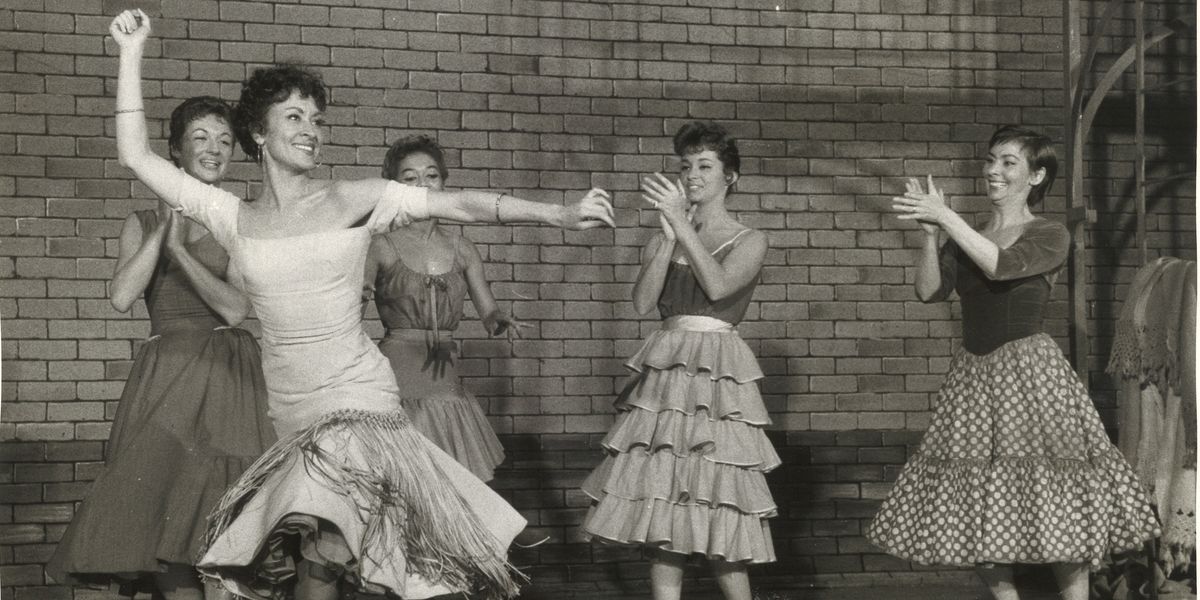#TBT: How West Side Story Created a Broadway Revolution
When West Side Story landed on Broadway in 1957, it had been a long time coming.
Director-choreographer Jerome Robbins, writer Arthur Laurents and composer Leonard Bernstein toyed with collaborating on a contemporary musical loosely based on Romeo and Juliet for years, picking up and putting down the project multiple times as other creative endeavors demanded their attention. Along the way, they brought in a young lyricist who had never written for Broadway by the name of Stephen Sondheim, and the story morphed into one of gang violence in New York City.

Zodiac Photographers, Courtesy DM Archives
“It’s funny how insulated we are,” Robbins said of his research in the August 1957 issue of Dance Magazine. “My office is on Lexington Avenue and 74th Street, and just twenty blocks away life is entirely different. The streets are darker, the signs are in Spanish, and the people lead their lives on the sidewalks. Those kids live like pressure cookers. There’s a constant tension, a feeling of the kids having steam that they don’t know how to let off.”
The resulting musical reshaped Broadway. It garnered six Tony nominations and won two (Robbins for choreography, Oliver Smith for scenic design), launched the now-legendary Chita Rivera (who originated the role of Anita) to stardom, and proved just how effective dance could be at telling a story.




